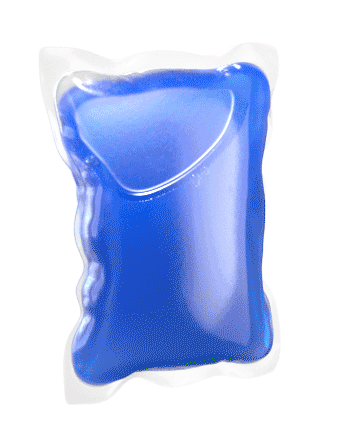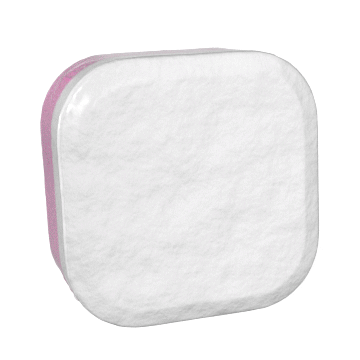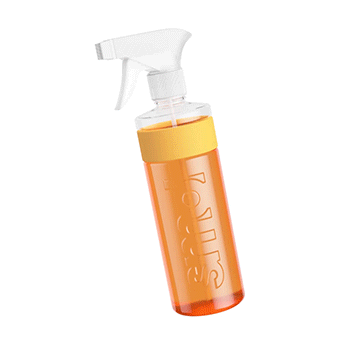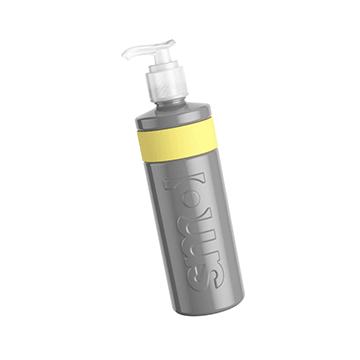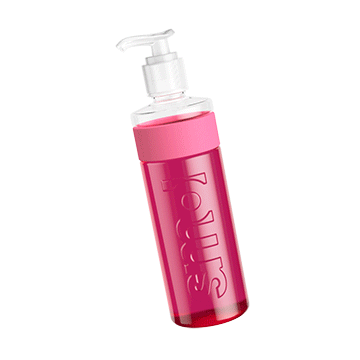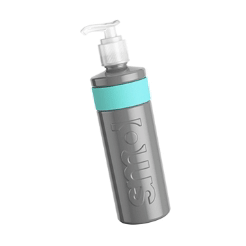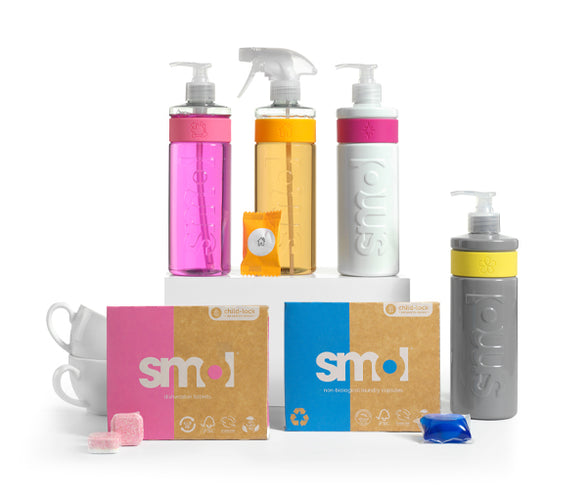
There’s a buzz around dehumidifiers in recent times and many are calling them the must-have laundry gadget as we look to cut household bills and find ways to kick our tumble-drier habit. But what exactly are they and what part do they play in getting our laundry dry?
What does a dehumidifier do?

A dehumidifier is a gadget that extracts moisture (or water vapour) from the air.
It might not be something that you had given much thought to but yes, there is quite a bit of water vapour in the air at all times and that includes inside your house. We measure the amount of moisture in the air in percentages of humidity.
Of course each home is different, but in winter a level of 40-50% humidity indoors is ideal for keeping your home warm without leaving condensation on your windows. If this humidity rises to 65%, dust mites will start to thrive and breed (not good news for those of us with allergies) and if it rises to over 70% then you run the risk of mould taking hold in your home.
How does a dehumidifier help?
A dehumidifier fan draws warm household air onto its refrigerated coils where the water vapour within that air can then condense into water droplets because of the drop in temperature. This condensation collects in a storage tank and cool dry air is in turn released back into your house from the other side of the appliance.
Most humidifiers bring the humidity levels down to around 40% and some even have a meter where you can set the percentage that you need.
So what’s that got to do with the laundry?

When we are drying our washing indoors, the water on our damp clothing needs to go somewhere… and it’s going to evaporate into the air inside your house. That means the humidity levels in your home are going to rise.
If you have a large house or don’t do much laundry this is probably not going to cause much of an issue. But if your space is small, you are doing a lot of laundry or have no choice but to dry your clothing in the same space that you sleep, then it could start to impact in a negative way.
Not only will a dehumidifier rectify any rising levels of humidity and protect against the risk of allergies or mould in the home; it will also speed up the drying process for your clothes.
In fact many modern dehumidifiers now have a laundry drying setting.
Simply put your damp laundry on a clothes rack next to your dehumidifier and it will get to work extracting moisture so your laundry will be dry in just a few hours. There’s also no risk of things shrinking in the tumble! The smaller the room you set up in, the quicker the results will be.
Tempted? What should you look out for?
- Tank size. It’s worth looking for a larger size if you don’t want to be emptying it out too often. They can range from 250ml up to 30 litres.
- If the appliance is going to be in your living or sleeping space then a Quiet Mark certification is a real bonus.
- Removable and washable filters can help with bacteria and smells in the air so are a great addition if air quality is important.
- Check the range of humidity that the appliance can control so you know it’s up to the task ahead.
- Finally look at the energy costs of running the dehumidifier. If your machine has a wattage of 400W that’s going to use 0.4kWh of power to run. At an average rate of 34p per kWh you’re looking at 13.2p to run your gadget every hour.
Using a dehumidifier might not have been an option that you had previously thought about for drying your laundry indoors but it’s certainly worth consideration. If you dry a lot of clothing inside, already suffer from condensation and don’t want to risk an increase in allergies or mould then a dehumidifier could be just the thing for your winter laundry!
